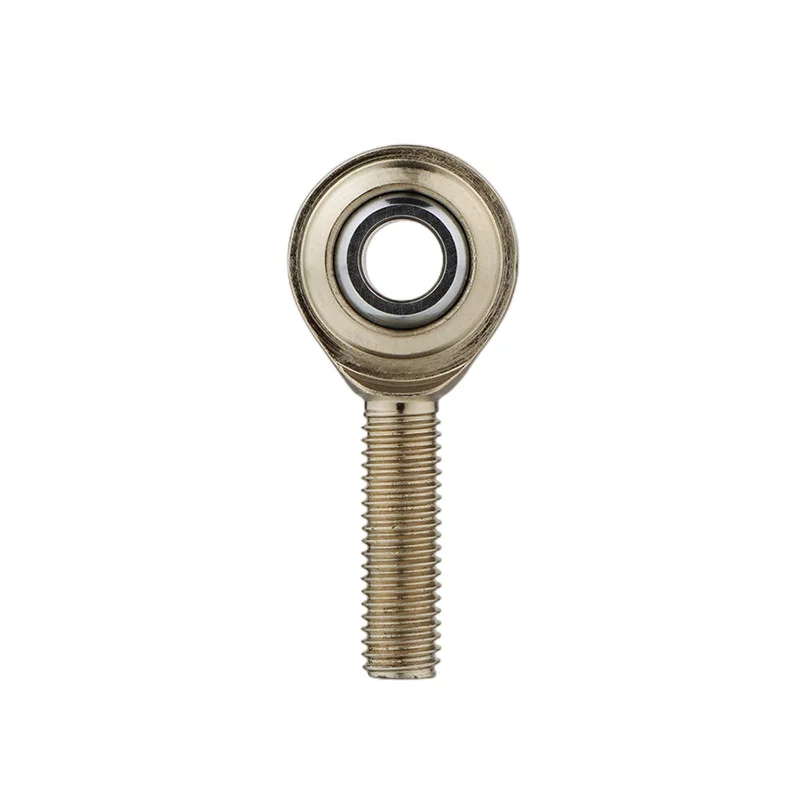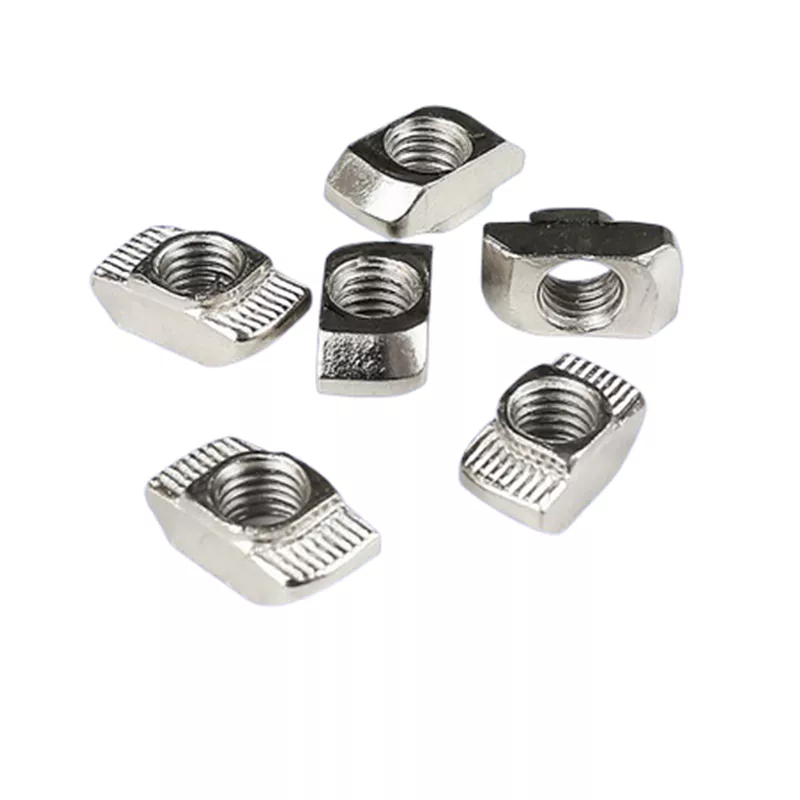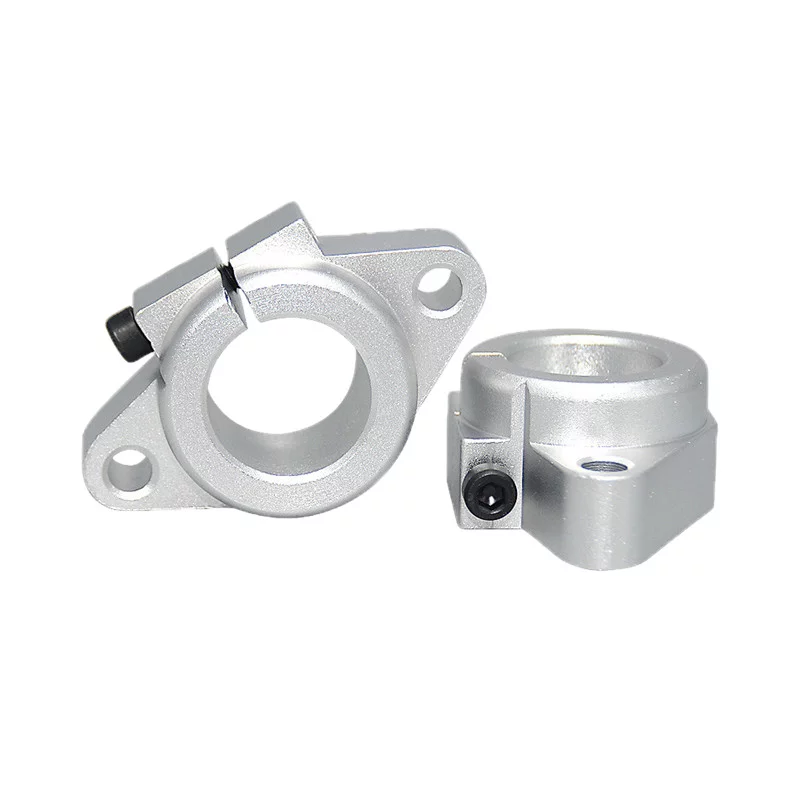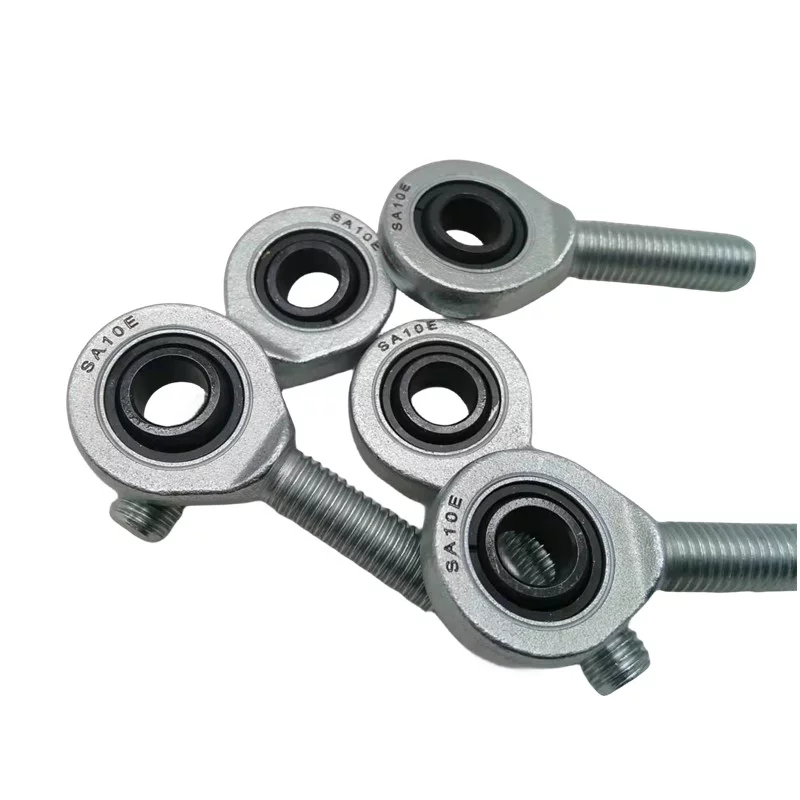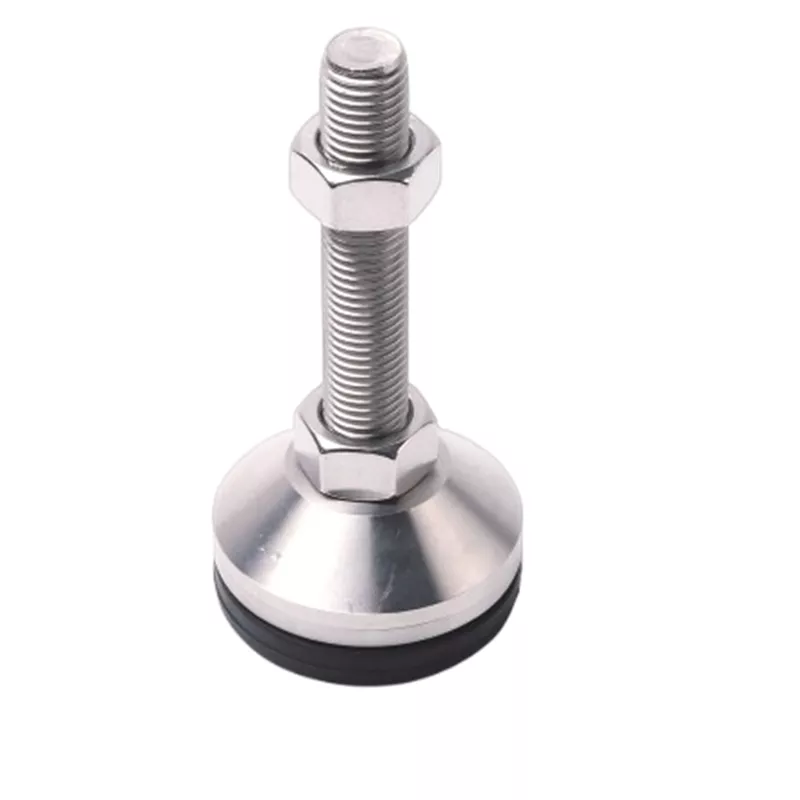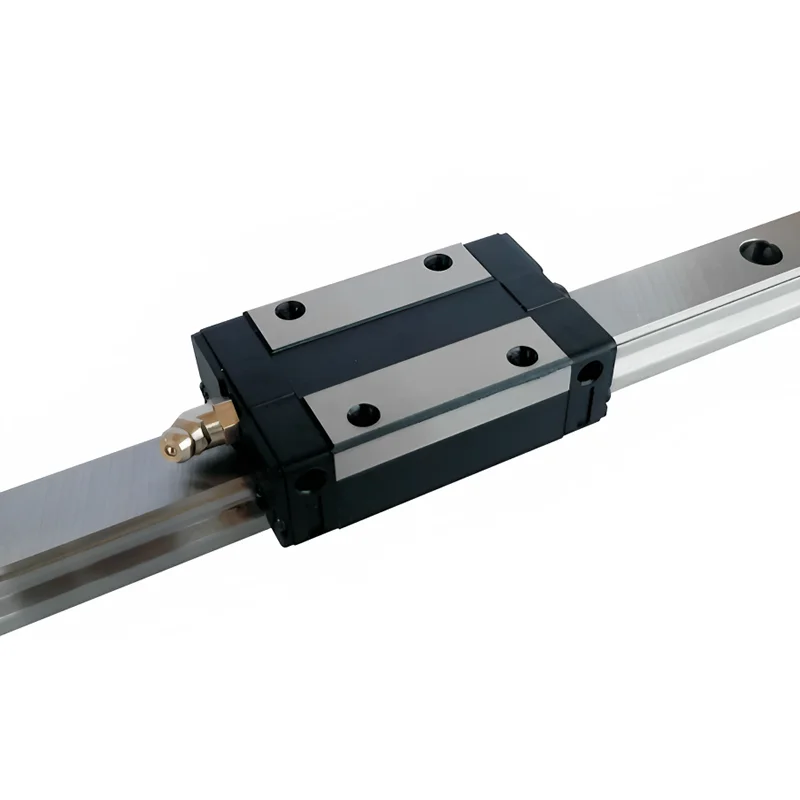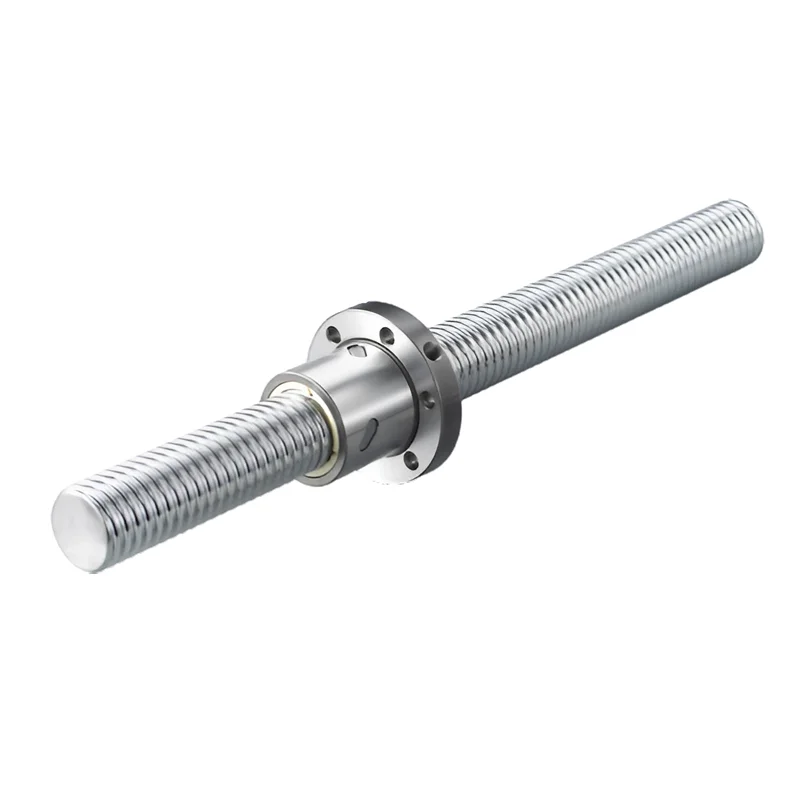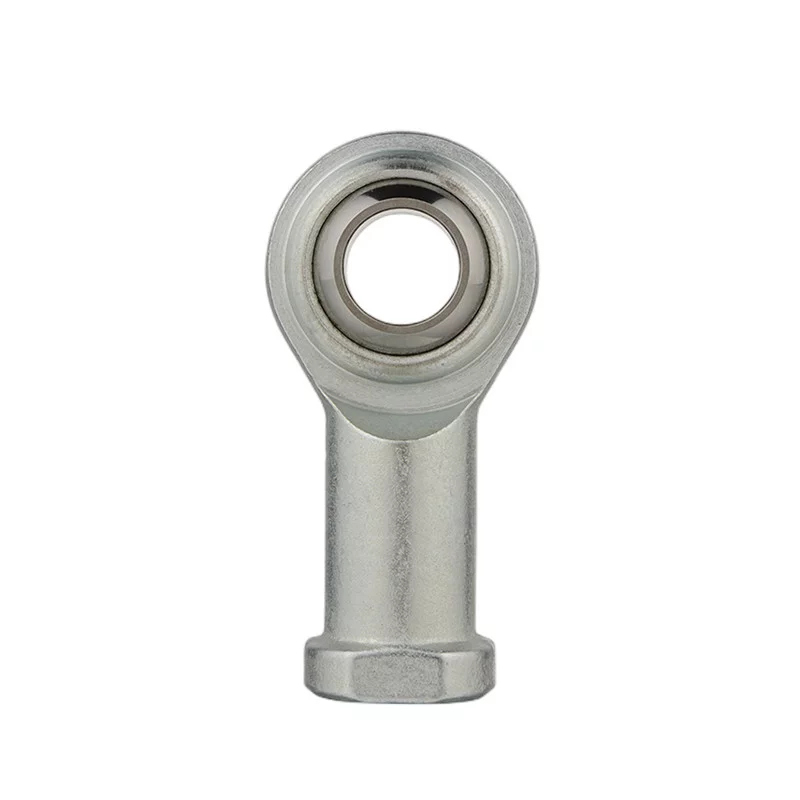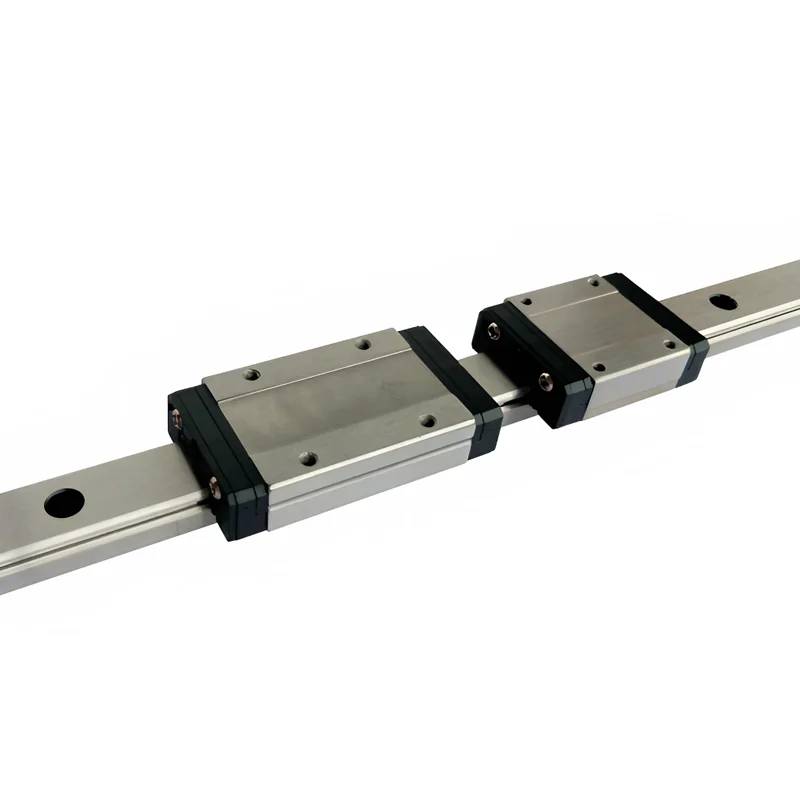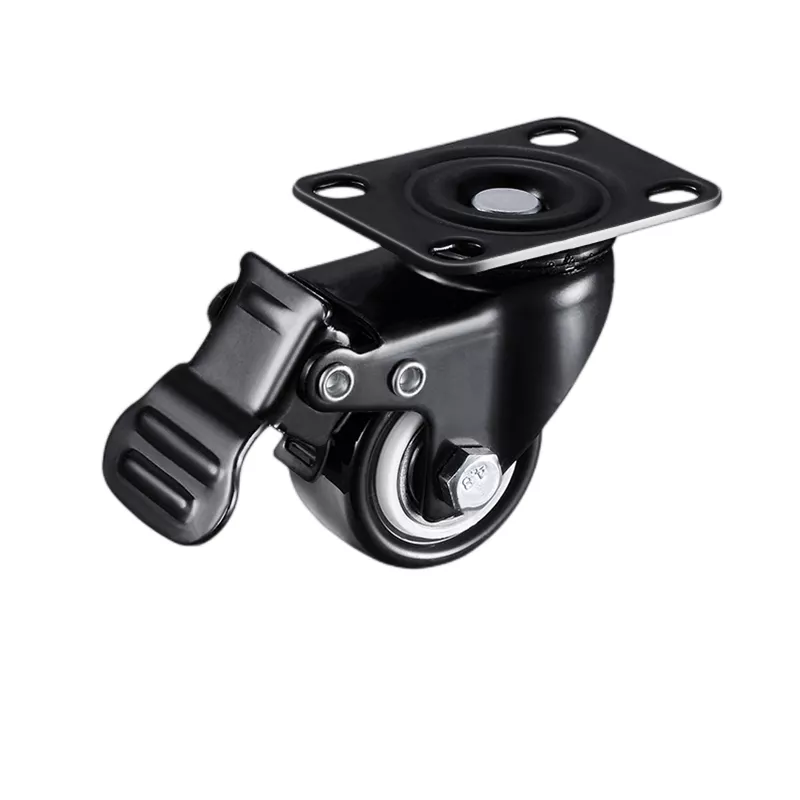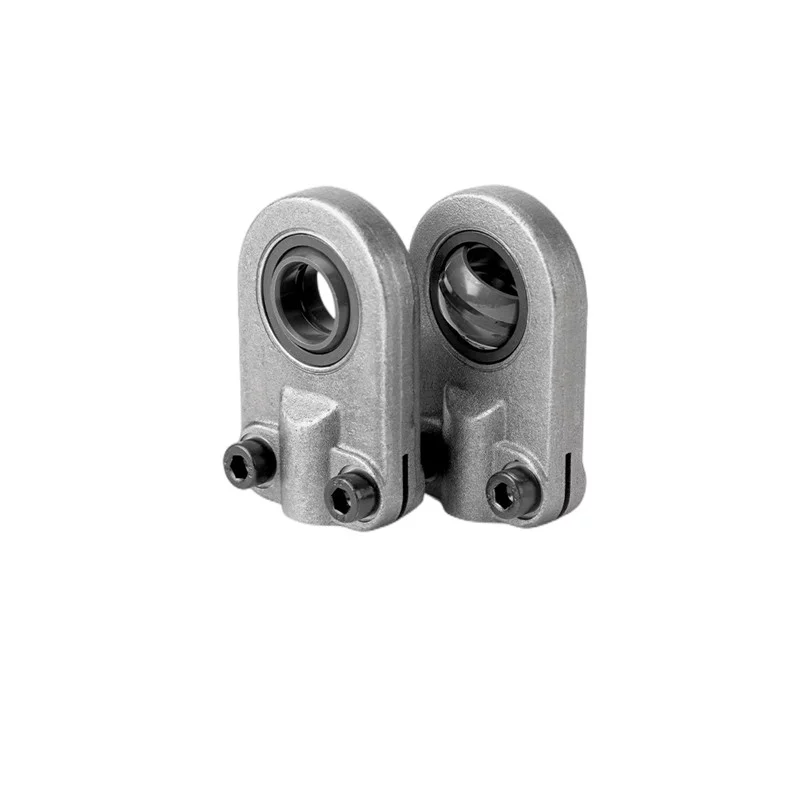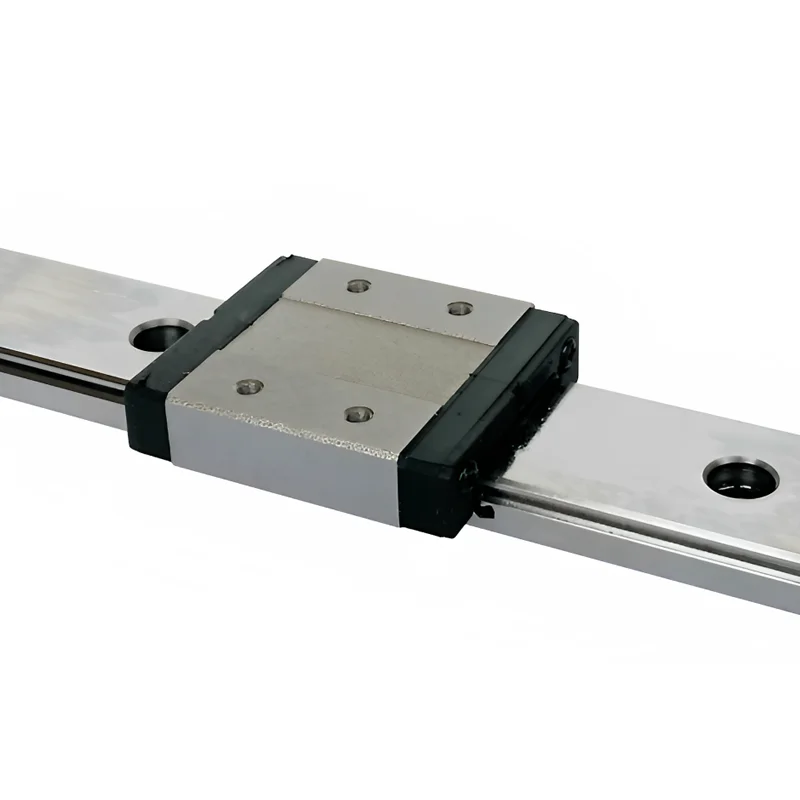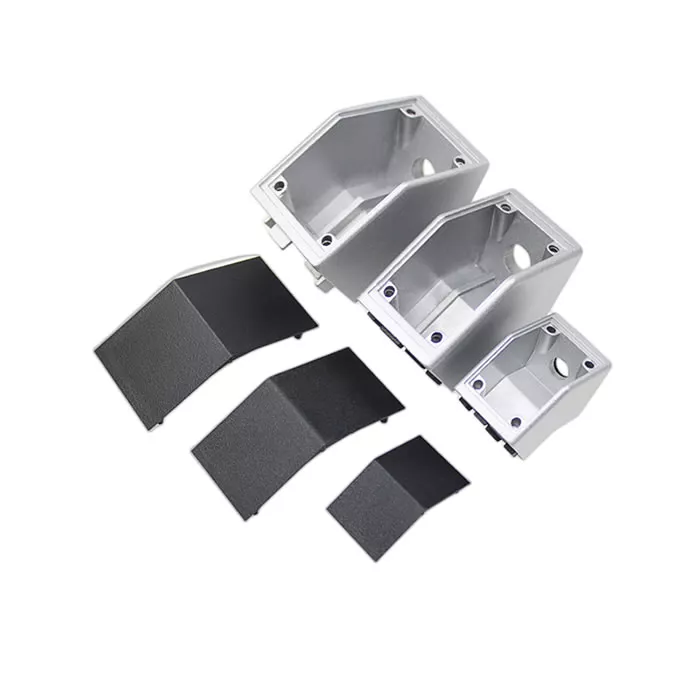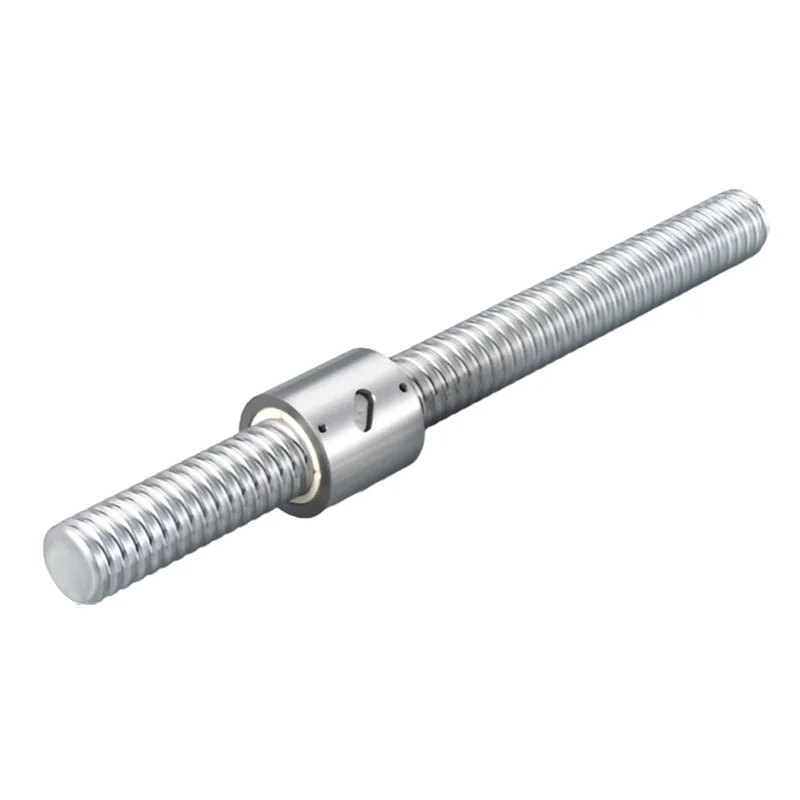Enhancing Industrial Efficiency through Bearing Automation
Introduction:
Bearings serve as silent workhorses, shouldering the burden of continuous motion within industrial systems. Their pivotal role in load transfer, friction reduction, and seamless operation underscores the importance of their proper maintenance. Failure of bearings can result in costly downtime, underscoring the necessity for proactive measures. Incorporating automation into industrial systems presents a potent solution to ensure the longevity and optimal performance of bearings across diverse applications.
Understanding Bearing Functionality:
Bearing operation revolves around three core functions: friction reduction, load support, and motion transfer. By interposing a rolling element between surfaces, bearings mitigate friction, thus facilitating efficient motion transfer while safeguarding components against wear. Moreover, they distribute loads over a larger area, preventing undue stress on individual parts and ensuring smooth operation under varying conditions. Additionally, bearings facilitate the seamless transfer of motion between components, vital for the operation of diverse machinery, from wheels to gearboxes.
Types of Bearings and Their Applications:
A plethora of bearing types, including ball, roller (spherical and tapered), needle, and thrust bearings, cater to a wide array of industrial needs. Each type offers distinct load capacities, speed tolerances, precision requirements, and temperature tolerances, making them suitable for specific applications across industries.
The Role of Automation in Preventing Bearing Failure:
Automation emerges as a beacon of reliability in averting catastrophic bearing failures. Traditional maintenance practices may fall short in detecting issues promptly, underscoring the significance of automation-driven solutions. By leveraging advanced sensors and monitoring systems, automation enables real-time tracking of critical parameters such as temperature, vibration, and lubrication condition. Early detection of anomalies empowers maintenance teams to undertake preemptive measures, averting unplanned downtime and potential hazards.
Monitoring Bearing Health:
Temperature, vibration, and lubrication serve as key indicators of bearing health. Automation facilitates real-time monitoring of these parameters, enabling swift intervention upon detecting deviations from normal operating conditions. Automated systems can be programmed to trigger alerts when thresholds are exceeded, facilitating proactive maintenance and ensuring uninterrupted operations.
Conclusion:
Bearing automation heralds a paradigm shift in industrial maintenance, offering unprecedented efficiency, reliability, and safety. By harnessing the power of automation, industries can proactively safeguard critical assets, mitigate downtime, and optimize operational efficiency, ensuring seamless productivity across diverse applications. With Dodge Industrial's cutting-edge solutions, the path to enhanced equipment performance and longevity is paved with innovation and reliability.
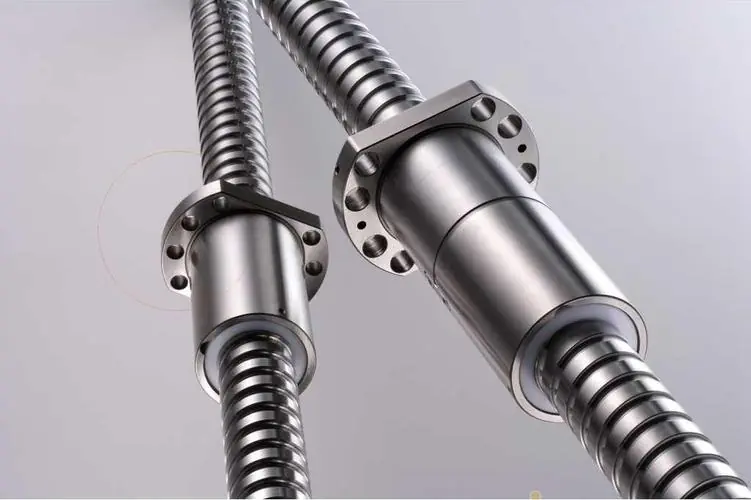 Why Precision Ball Screws are Vital for Industrial Automation and How to Choose the Right Supplier
Why Precision Ball Screws are Vital for Industrial Automation and How to Choose the Right Supplier
 SAIVS Linear Motion Ball Slide Units – Precision and Reliability for Your CNC Needs
SAIVS Linear Motion Ball Slide Units – Precision and Reliability for Your CNC Needs
 High - Quality T - Slot Aluminum Extrusion Profiles from Ningbo SAIVS Machinery Co., Ltd
High - Quality T - Slot Aluminum Extrusion Profiles from Ningbo SAIVS Machinery Co., Ltd
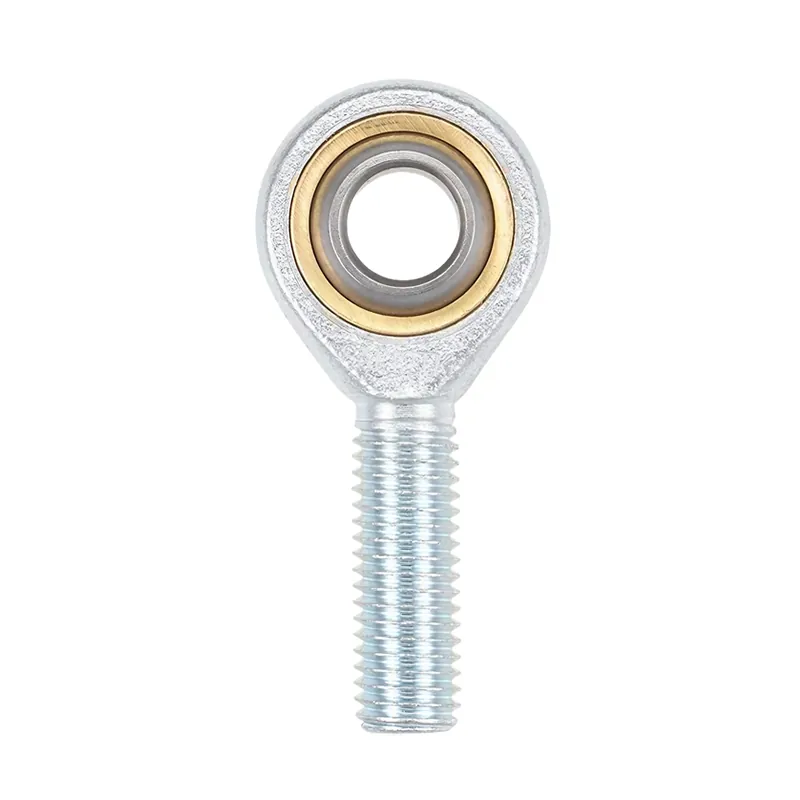 Enhance Industrial Efficiency with Premium Cylinder End Bearings from SAIVS
Enhance Industrial Efficiency with Premium Cylinder End Bearings from SAIVS

